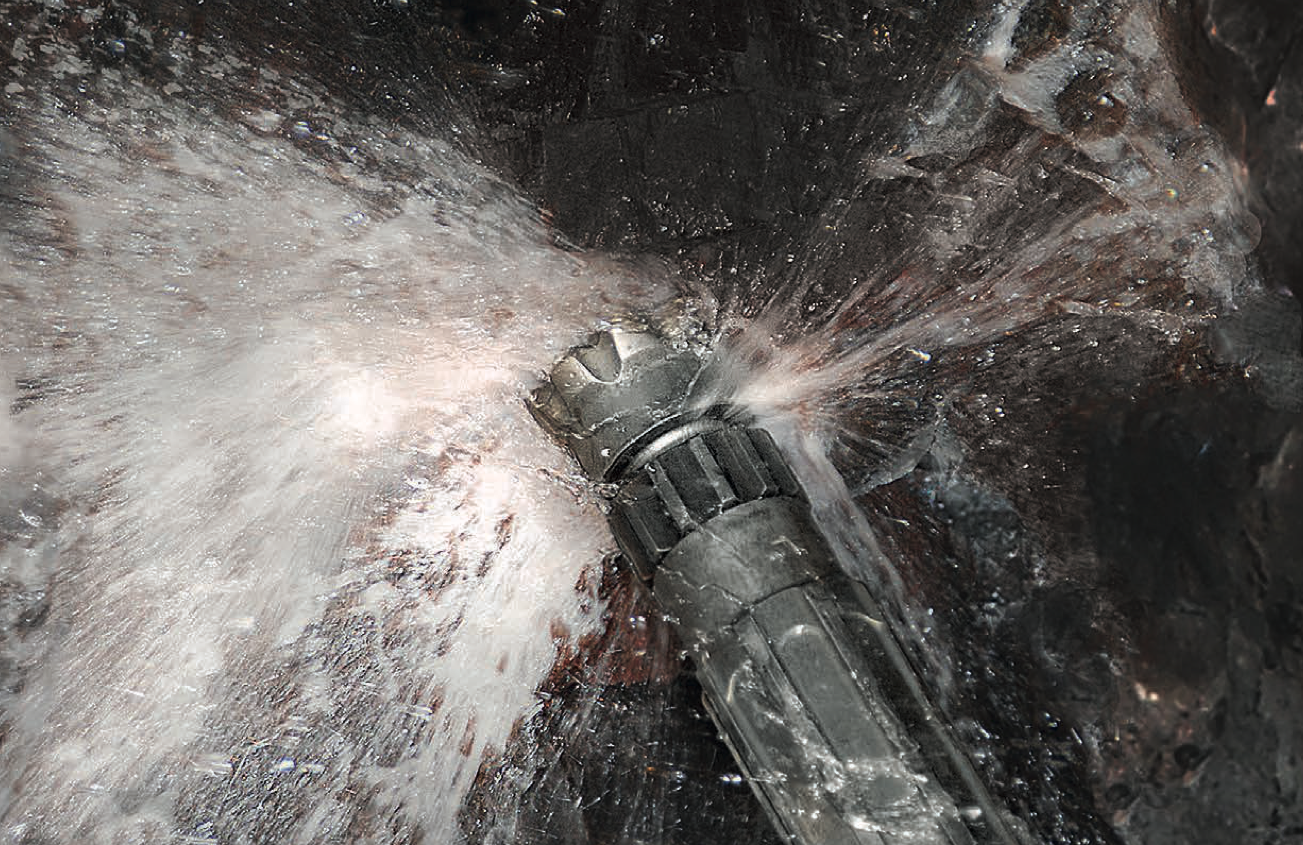When mining adjecent to the ore boundary, the straightness of Wassara-hammers guarantees both improved ore recovery and minimal dilution.

In sub-level stoping, the holes are generally just a few metres apart and some of the holes are adjacent to both the foot wall and the hanging wall.
If deviation occurs, it causes a decrease in ore recovery, an increased amount of dilution, and less homogenous fragmentation. In the worst case this could result in a freezed blast.
In other words, the accuracy of the blast holes is the most important aspect in a successful blast. Wassara-hammers drills straighter blast holes than any other production drilling method. It is therefore the best method to turn a carefully planned drill and blast design into reality.
When conventional drilling methods are used for sub-level stoping, with long distances between the levels, it is common to drill an undercut to avoid the risk of high blast hole deviation. However, an undercut is both costly and time consuming since it literally turns one stope into two.
With Wassara-hammers, there is no need for undercuts since this technology guarantees the necessary accuracy for all sub-level stoping distances.
In other words, Wassara-hammers improves the productivity as well as the profitability from increased ore recovery a decreased dilution.